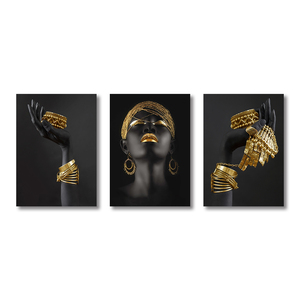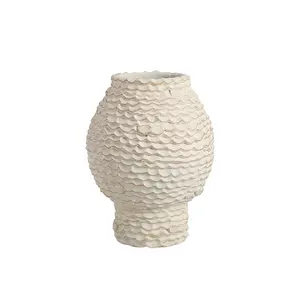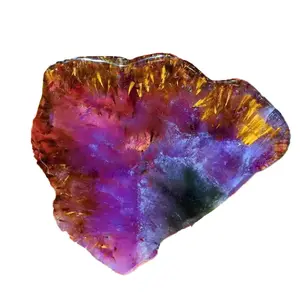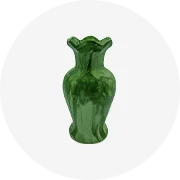Popular in your industry











 Ready to Ship
Ready to Ship






 Ready to Ship
Ready to Ship






 Ready to Ship
Ready to Ship










 Ready to Ship
Ready to Ship












Related Searches:




































































































Top categories
About african home decor
African decor, with its eclectic ensemble of vibrant colors, rich textures, and intricate patterns, is inspired by the vast and diverse cultural tapestry of the continent. It infuses homes with a bold aesthetic that reflects the traditions, art, and spirit of various African societies. The typical elements include artisanal crafts, such as hand-woven textiles, authentic carvings, and pottery that embody centuries-old techniques passed down through generations. African decorative pillows, often adorned with geometric prints and motifs, add a pop of color and comfort to any living space. In living room settings, African decor merges utility with artistic expression, pairing functional pieces with stunning visuals, from wall masks and statues to rugs and tapestries that tell a tale of heritage.
Geometric African art patterns
Geometric African art patterns are a distinct and essential element of the continent's artistic identity, often reflecting a deep symbolic meaning rooted within the cultures they originate from. African decor living room patterns are characterized by bold designs and symmetrical shapes that are meticulously arranged to form complex visual narratives. They often tell stories of social status, community identity, heritage, and spirituality. The use of geometry in African art is not only about aesthetic pleasure but is also an embodiment of mathematical precision and cultural principles. The Kente cloth of Ghana, famous for its dazzling array of color and geometric patterns, is a quintessential example of African textiles that utilize these design principles.
Further illustrating the impact of geometric patterns in African art is the distinctive mud cloth, or 'bogolanfini' from Mali. This traditional fabric is painstakingly handcrafted using fermented mud and plant dyes to produce stark, rhythmic patterns that can narrate an individual's life story or aspects of societal roles. The sharp contrasts and repetitive geometric configurations seen in these textiles have transcended their origins, influencing designers and decorators around the world. Not confined to textiles alone, geometric patterns are prevalent in sculptures and beadwork, echoing the balance between form and function that African artistry so beautifully encapsulates.
Creating statement spaces with African art
Incorporating African decor for the living room into a statement space involves more than placing a few select pieces. It's about embracing an entire narrative that communicates the rich legacy of a continent. A statement space is drawn together not just through a visual feast of color and pattern but through the depth of story that each African art piece carries. Wall art becomes a focal point, with murals or canvases depicting abstract or figurative scenes, often in a color palette influenced by the African savanna – ochre, umber, gold, and burnt sienna. These colors lend warmth to the room, while the art serves as a compelling visual anchor that draws in the eye and starts a silent dialogue.
African decor ideas are integral elements that infuse vitality and soul into a space. Thoughtfully selected woven baskets, either hung in groupings on walls or employed as textural storage solutions, merge practicality with artistry. These pieces, often crafted from sustainable materials, reflect a harmonious relationship with nature while offering a tactile contrast to the smooth lines of modern furniture. The use of bold, geometrically patterned textiles for throws or upholstery breaks monochromatic, injecting life and rhythm into the space. The culmination of these elements forms a symphony of cultural resonance that transforms any space into a profound visual dialogue, where each article speaks not only of aesthetic value but of a deeper, timeless story woven through generations.
Key features of African decor
Beyond the tangible elements of textiles, sculptures, and patterns, a key feature of African decor is its profound connection to nature and the environment. This is shown in the materials used, like sustainable woods, natural dyes, and organic fabrics, as well as in the motifs and themes that pervade African art and design. Elements of the natural world, including animals, plants, and landscapes, are frequently depicted, symbolizing various cultural beliefs, values, and histories. This intrinsic link highlights a deep respect and reverence for nature, which is considered a source of life and a key provider for communities. This connection fosters a sense of unity and harmony within spaces, promoting a serene and grounding atmosphere that is deeply rooted in African tradition and philosophy.






























































































